This page contains some affiliate links. Please review my disclosure policy.
The past few years has been a journey for me in coming to terms with my own purchasing choices and how they may or may not be particularly sustainable for both me and the planet. To be fair, I’ve never been much of a fashionista, but when I’m not in leggings I do enjoy putting myself together and have admittedly (and sometimes poorly) fallen for the latest fashion trend. But research is also now showing that textiles and footwear account for a substantial amount of carbon emissions and our need to have the latest pair of pants or our fifth grey sweater (someone please explain why I have more than 1 of these?!) is impacting our planet. It’s time we start talking about sustainable clothing and what really makes our fashion sustainable.
Sustainability seems to be the latest trending word. Which is great because awareness is key in seeing any change, but I also worry that people aren’t understanding the full picture. Before diving into what sustainable clothing really is, I wanted to have a transparent conversation about fast fashion and what we need to be aware of when it comes to being more sustainable with our clothing choices.
What is Fast Fashion?
We can’t have a conversation around sustainable fashion without discussing fast fashion.
Ready for me to get on my soapbox? If you’ve been an avid reader of the blog you know how important protecting our environment is to me. I advocate for organics, I shared how to make your kitchen more sustainable and I love sharing tips for living sustainably. If you care about this planet, you have to care about the fashion industry. The fashion industry is one of the major polluting industries in the world.
Fast fashion is extremely harmful to the environment. Their goal is to produce as much product as possible, as quickly as possible. They chase fashion trends and pump out product to the consumer, not caring if they overproduce too much or if the products themselves are crappy. Trends pass through this country quickly and a lot of this clothing ends up at a thrift store or in the trash. The apparel and footwear industries together accounted for more than 8 percent of global climate impacts — the equivalent of 3,990 million metric tons of carbon dioxide in 2016, according to a report from Quantis. Total greenhouse gas emissions related to textiles production are equal to 1.2 billion tons annually. This is not something we can ignore.
There are a few big issues with fast fashion: 1. the emissions of clothing production, 2. the emissions from discarded items that end up in landfills and 3. poor working conditions and pay <–not a sustainability issue but a human issue. There are many other issues but these are the ones I’m going to focus on.
What makes a clothing brand sustainable?
To be fair, there is yet to be a full solution that offers no negative impact of clothing production. Really it’s about mitigating these effects. In my opinion, sustainability looks at the brand as a whole.
1. The actual clothing is made from environmentally friendly materials
2. the company is aware of their environmental impact i.e. water usage, chemical usage, waste byproducts, natural fibers.
3. Instead of jumping on the latest trends and overproducing their products, these companies are thoughtful about what and how much they’re producing
Sustainable clothing can also be referred to as slow fashion. They use high-quality, lasting products made using sustainable, eco-friendly practices.
That being said, small changes are important so even though a company like Madewell isn’t a sustainable clothing brand, they do have a denim donation program where donated denim is to be used as insulation in houses for Habitat for Humanity. To my knowledge companies like Madewell and J Crew are in the process of becoming Fair Trade Certified (a step in the right direction) and even H&M now has some ethical clothing items and has committed to sustainable measures. This includes becoming 100% ‘climate positive’ by 2040 and a commitment to making the first two tiers of its supply chain climate neutral by 2030. It has also pledged to use 100% recycled or sustainable materials by 2030. Though 10-20 years is a long time…But like I said, we need to applaud brands that are taking steps in the right direction.
Though not perfect, there are certain certifications and designations that indicate a clothing brand is trying to be more sustainable:
1. B. Corp – Not exclusively sustainability focused but B.Corp certification covers the company’s entire operation and measures the positive impact of the company in areas of governance, workers, community, the environment.
2. Fair Trade – mainly about fair wages and economic equality, Fair Trade does have certain standards that work to keep the planet healthy by prohibiting the most harmful chemicals and taking measures to protect natural resources.
3. Organic – Many textiles use cotton which is where organically grown cotton is a far more sustainable clothing option
4. Bluesign Approved – A new designation for environmental health and safety in the manufacturing of textiles. It provides independent auditing of textile mills, examining manufacturing processes from raw materials and energy inputs to water and air emissions outputs.I
So why is sustainable clothing so expensive?
I want to reframe this a little bit… Sure on the surface, sustainable fashion brands are going to be more expensive than Forever 21 or Old Navy but how long do your cheap clothing items last?! Like I said earlier, slow fashion is using high-quality fabrics and creating products that last. Having said that, slow fashion tends to be more expensive. There are many reasons for this including:
1. Cost of production is higher
2. Paying ethical wages to employees is more expensive
3. Sustainable materials are pricey
Now add all these things together and of course sustainable fashion is more expensive. Brands producing their products using clean energy, paying fair wages with safe working conditions and using reusable or sustainable materials are investing a lot more in the production of their goods. My suggestion? View clothing pieces are investments. Buy less but know you are buying higher quality and doing good by the planet.
My Favorite Sustainable Fashion Brands
This section deserves a post of its own which is why I’m sharing my top sustainable clothing brands in this post.
Like this post? Here are a few others you might enjoy:
All about Sustainable Clothing with Lee Vosburgh from Style Bee (Podcast)
How to Create a Capsule Wardrobe
Does Organic Really Matter?
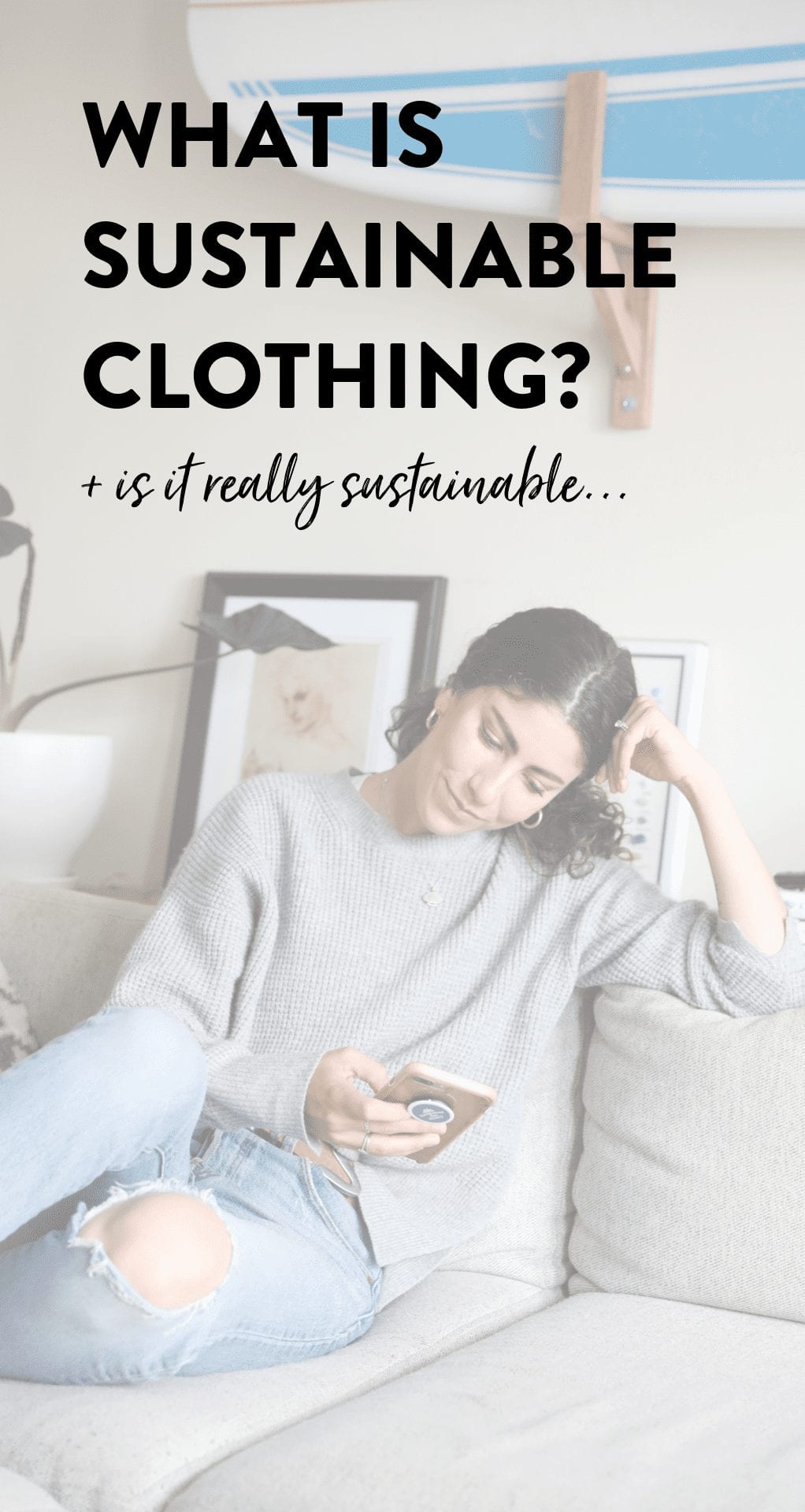
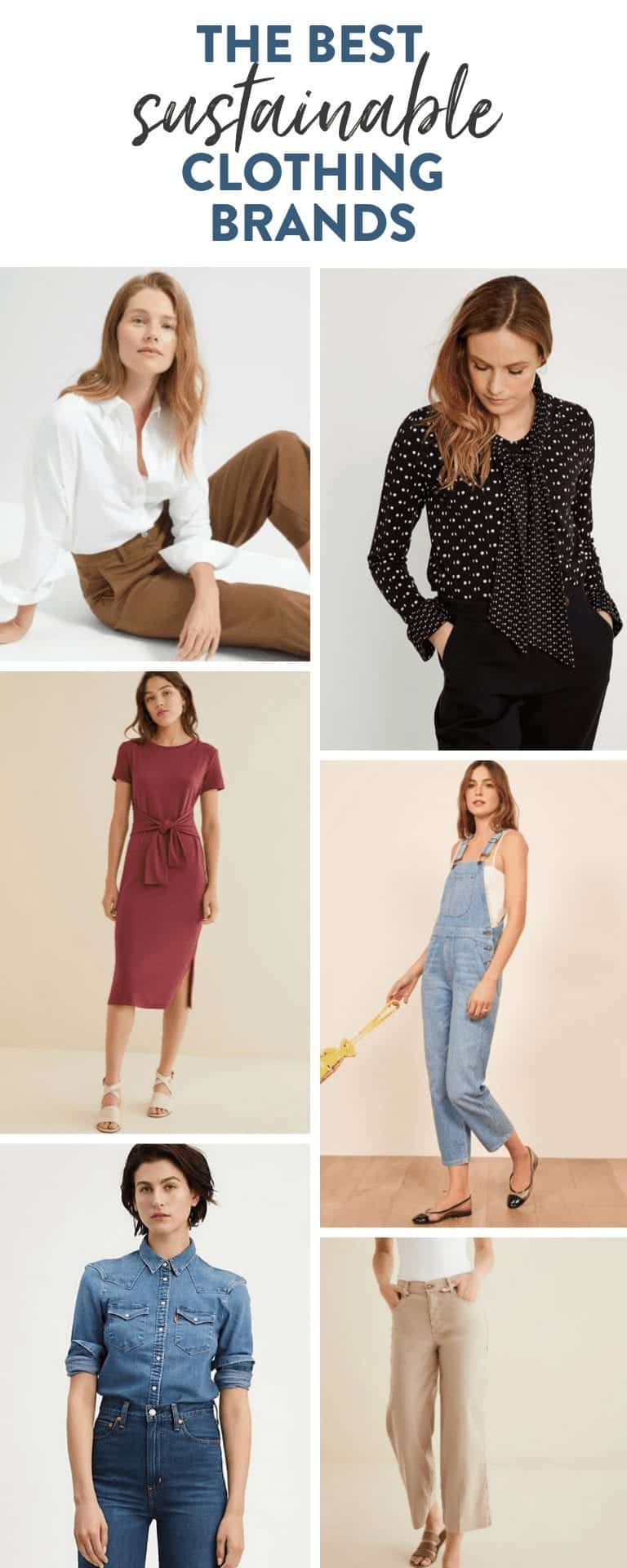
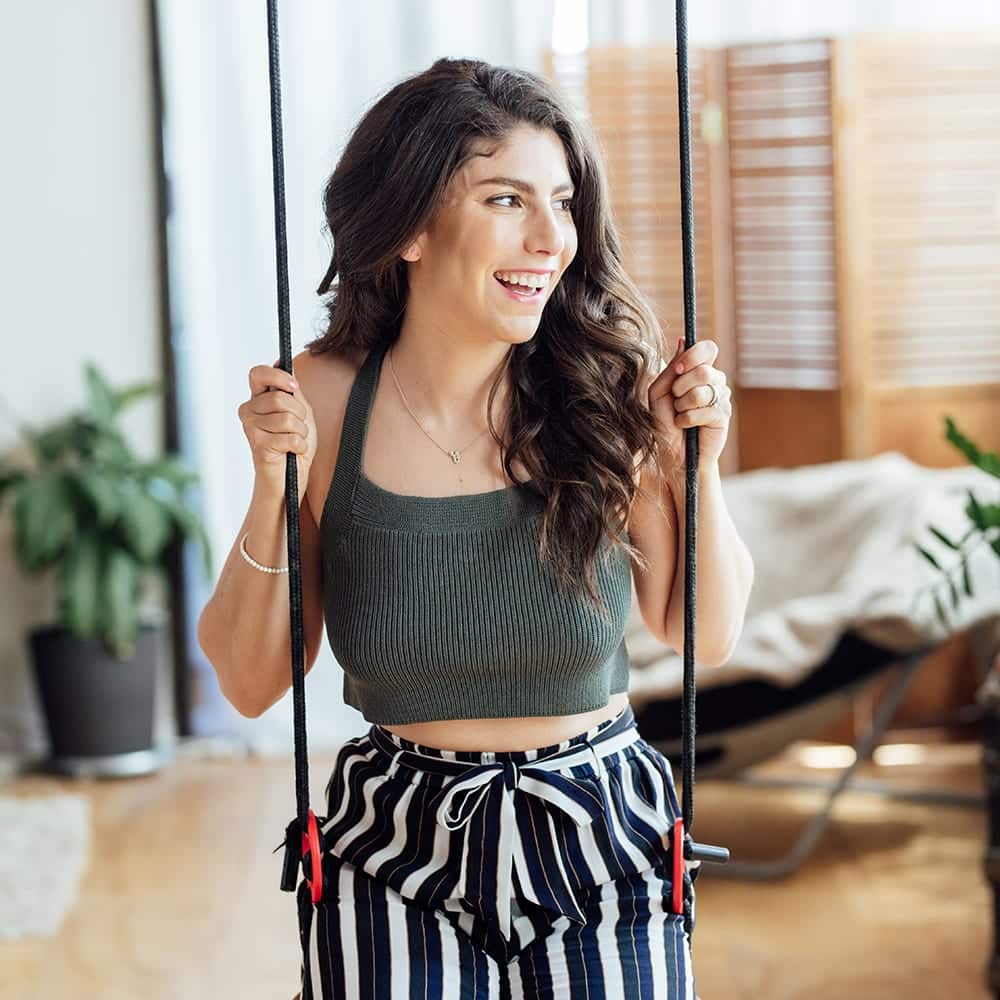
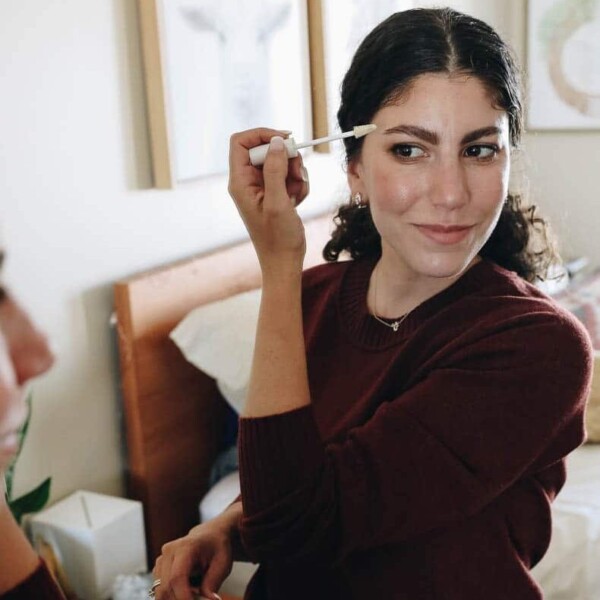
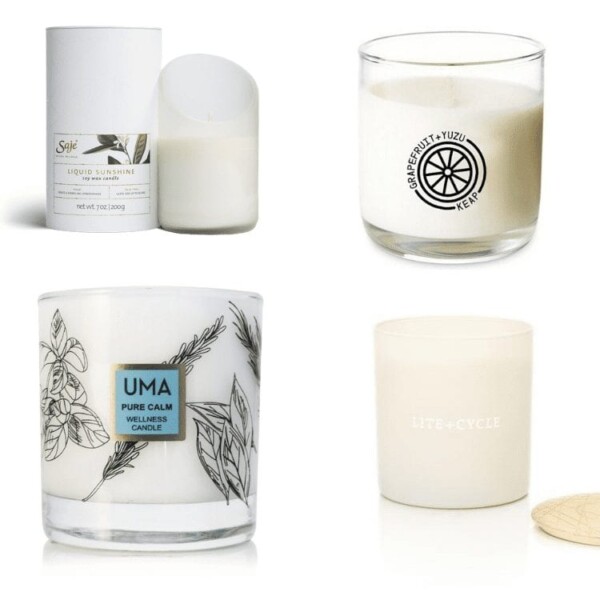
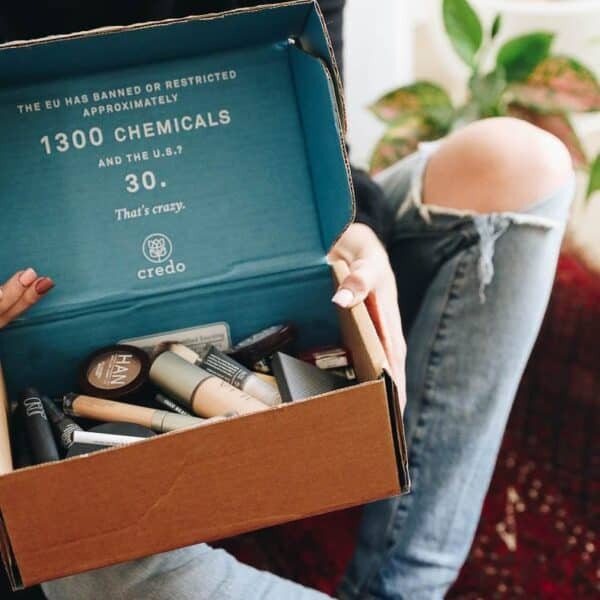






Hey Davida, love this post! I’m also transitioning into sustainable clothing and a sustainable lifestyle in general. As you pointed out, this may include financial commitments but the long term benefits outweigh the costs and its definitely a solid investment for communities and the environment as a whole!